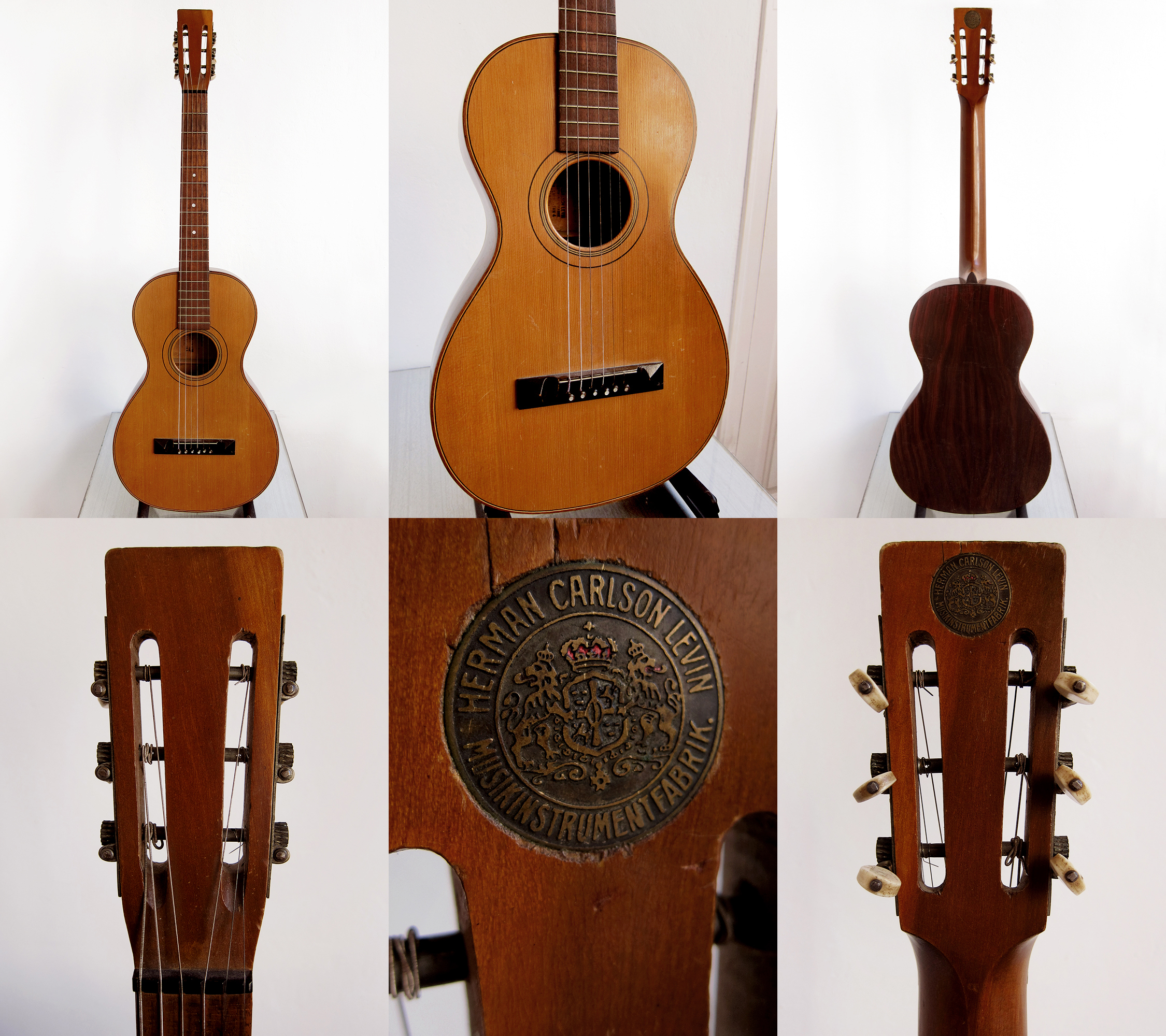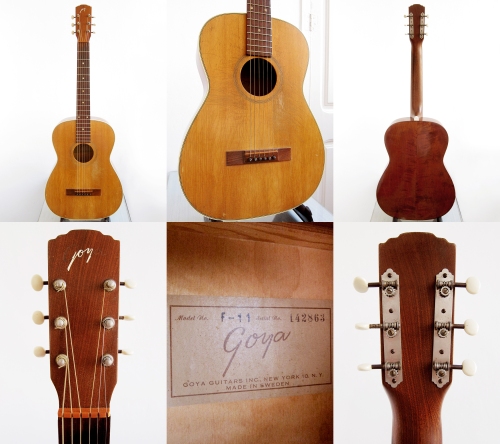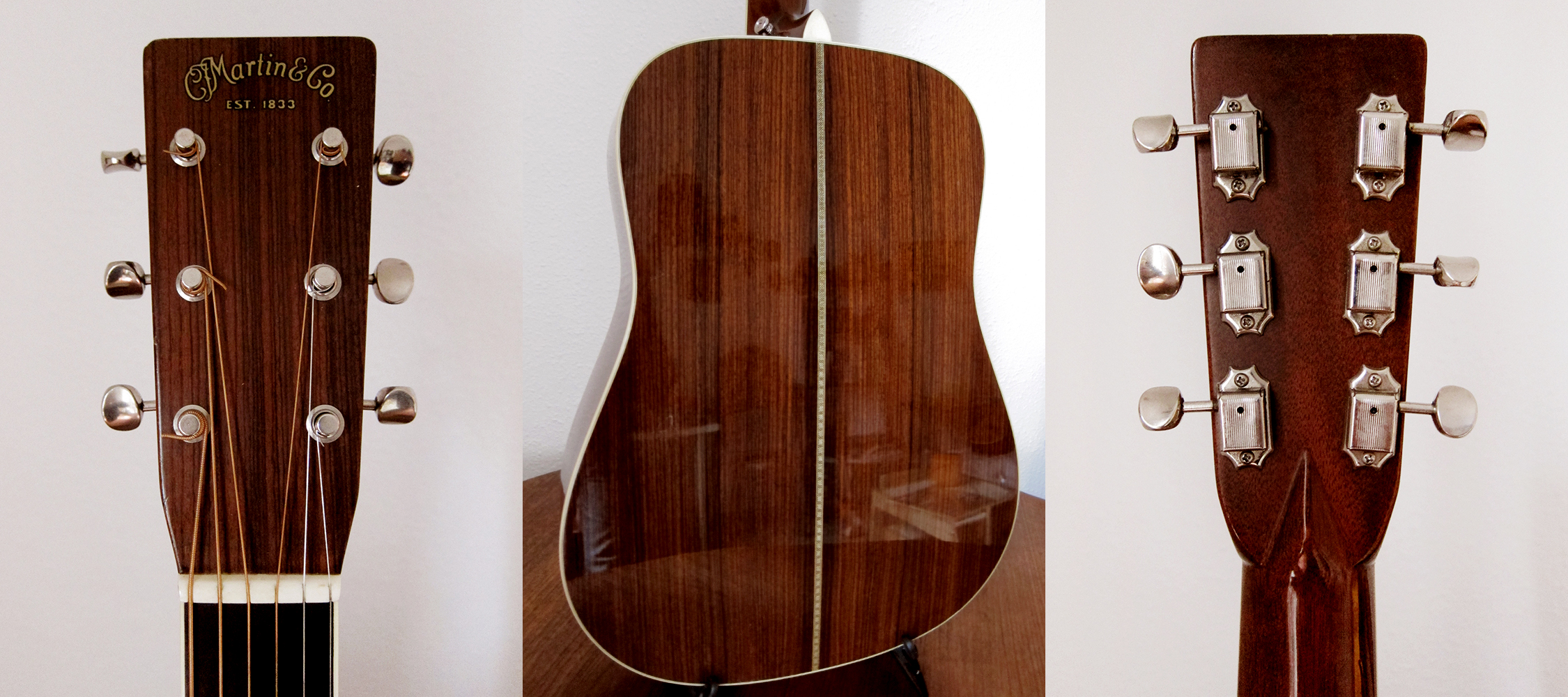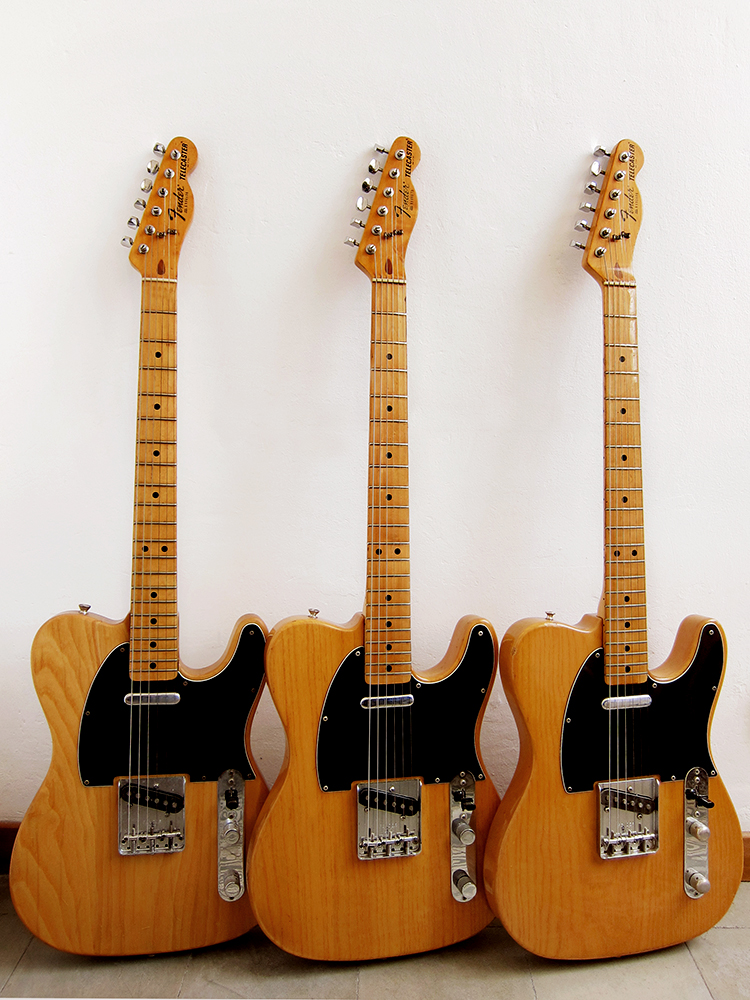I need to clear some space so I’ve decided to part with the following Levin guitars, there are some other guitars for sale too. If you are not familiar with the Swedish guitar maker Levin then please click on the link. All guitars were hand built in Gothenburg Sweden and made with the finest solid tone woods. Their alpine spruce tops were one of the reasonw why C. F. Martin & Co. bought Levin in June 1973.

Levin Model 3, Made in Sweden 1914 1100€ SOLD
A beautiful all original over 100 years old Levin parlour guitar. Spruce top with ladder bracing, birch back and sides. Pyramid bridge, bone machine head buttons and real mother-of-pearl dot inlays. It’s in great shape for it’s age and sounds amazing for it’s size. Neck, fretboard and frets are fine but the action is little bit high, it could improve with lighter strings. You can read more about the guitar here and listen to it in this Youtube clip.

Levin Goya F-11, Made in Sweden 1963, 550€ SOLD
A typical folk guitar, fan braced and made for both nylon and steel string. It’s pretty worn but still very beautiful with it’s flamed birch back and spruce top. These type of guitars got really popular in the mid 1960’s during the folk boom in the US and Levin built quite a few under the Goya brand to compete with the Gibson F-25 and other Spanish guitar sized steel stringed folk guitars of the time. A great guitar for finger picking and very fun to play. It had a recent neck reset so the action is low. You can read more about the guitar here and listen to it in this Youtube clip.

Rondo Model 29, Made in Sweden by Levin in 1960, 550€ SOLD
A lovely little Swedish made parlour guitar. Rondo was made by Levin for Musik AB Westin & Co, a music store and publishing company in Stockholm with a large mail order business. It looks pretty similar to a Levin 119 and was made for both steel and nylon strings, this was pretty common on smaller Levin guitars in the 1950-60’s. It’s a very nice little guitar to play and it has more volume and sounds sweeter than expected, perhaps because it’s fan braced instead of ladder braced. This guitar can’t be compared to a cheap machine made guitar like Harmony, Silvertone or Framus. The action is a bit high but would easily come down with lighter strings. You can read more about the guitar here and listen to it in this Youtube clip.

Levin Model 32, Made in Sweden 1946, 650€ SOLD
A really cool Levin archtop from the 1940’s. Hand carved Romanian spruce top with mahogany back and sides. The Levin archtops are loud and sounds almost as good as a Levin flat top guitar acoustically, you can’t compare this to any of the machine made archtops like Harmony, Silvertone or Framus. It has some damage to the side which has been glued and is now solid, but can be seen. It’s all original but has an Artec MHFC93-CR pickup installed so it’s ready to be taken out and gigged with. If you are looking for a worn old archtop that sounds amazing, well here it is. You can read more about the guitar here and listen to it in this Youtube clip.

Levin LT-14, Made in Sweden 1965, 850€ SOLD
An extremely rare Levin guitar, I’ve never seen another. It’s the smallest of the 1960’s high end Levin guitars and is roughly like a Martin 00 in size. It’s an awesome guitar, pretty much like a Levin LT-16 but smaller and with a bit less bass but with more clarity in the upper register instead. It’s ladder braced instead of X-braced which gives it a perfect sound for finger picking. It has a beautiful alpine spruce top with a bit of bear claw and mahogany back and sides. The guitar is all original and incredible well-kept for being over 50-years old. You can read more about the guitar here and listen to it in this Youtube clip.

Levin Goya Model GG-172, Made in Sweden 1970, 700€ SOLD
The Levin LT-16 if my favourite Levin shape and this is the late 1960’s Goya version with the large headstock and individual height adjustable saddles. These guitars are 38 cm wide just like a Martin 000, it’s a very nice size to play. Slightly smaller than a normal Dreadnought but with decent bass from the solid mahogany back and sides. The guitar has some wear but the neck is straight and fretboard and frets are fine. The original Van Gent machine heads are in good shape but the pickguard is a bit uneven from being badly glued in a previous life. Overall a great Levin guitar and very hard to find outside the US. You can read more about the guitar here and listen to it in this Youtube clip.

Levin Goya Model 163, Made in Sweden 1968, 800€ SOLD
The classic Levin LM-26 in it’s late 1960’s Goya version with the large headstock and individual height adjustable saddles. It has a nice sunburst alpine spruce top with solid flame maple back and side. The guitar has some wear and there is a glued crack in the top but the neck is straight and fretboard and frets are fine. The original Van Gent machine heads are in good shape but the pickguard has been replaced. The sound of this Levin is very Gibson like, think Gibson J-45 from the 1960-70’s. Overall a great Levin guitar and very hard to find outside the US. You can read more about the guitar here and listen to it in this Youtube clip.

Levin Model 174, Made in Sweden 1972, 900€ SOLD
In 1969 Levin replaced it’s flagship model the Levin LT-18 with the Levin Model 174, marketed in the UK as the Super Goliath Model 1855. The Levin Model 174 still had the characteristic bass side pearloid block inlays, ebony fretboard and bridge, alpine spruce top with flamed maple back and sides, but now came with the large headstock and individual height adjustable saddles. This example of the Levin Model 174 is quite unique since it has a dovetail neck-joint instead of the usual Levin bolt-on neck system. The guitar is in great shape and sounds amazing, really deep, warm and woody, like a good Levin dreadnought should. The original Van Gent machine heads has been replaced at some point and now it has Wilkinson WJ-309 in gold on, for that Art Deco look. Overall a great Levin guitar and very hard to find outside the US. You can read more about the guitar here and listen to it in this Youtube clip.
 Levin W-30, Made in Sweden 1979,
Levin W-30, Made in Sweden 1979, 900€ SOLD
A beautiful and very rare Levin, most likely the only one. Since they stopped making the Levin W-30 in 1975 I believe this to built by one of the guitar builders for himself outside of the normal production. The previous owner bought a lot of parts, material and finished guitars when the factory closed down in 1979, this was one of them. He claims that it was built in 1979, otherwise it wouldn’t have been around when the factory closed, which makes perfect sense. The original Levin W-30 came with block inlays while this has beautiful snowflake inlays in the bound ebony fingerboard instead. The alpine spruce top and the rosewood back and sides are bound with a five layer wood binding which looks really classy. It’s also treated with a thin layer of lacquer instead of the heavy clear coat that the mid 1970’s Levin W-30 came with. That gives a really open and beautiful sound, very Martin like. The guitar is in very good state but has some small marks around the body. The neck is in perfect condition and so is the frets. The spruce top has had a dry crack professionally repaired so it’s stable for another 40 years. These type of cracks are very common on Levin guitars because of the dry winters in Sweden. The guitar is equipped with an under saddle pickup and ready to play with live. This is a unique 40 years old hand built Swedish guitar for a third of what a vintage Martin would cost. You can read more about the guitar here and listen to it in this Youtube clip.











 Martin HD-28LSV, Made in USA in 1999
Martin HD-28LSV, Made in USA in 1999
 The unofficial Tony Rice model, the Martin HD-28LSV. Adirondack spruce top, scalloped X bracing, Rosewood back and sides with the large soundhole and a bound ebony fretboard without any position markers. I used to own a
The unofficial Tony Rice model, the Martin HD-28LSV. Adirondack spruce top, scalloped X bracing, Rosewood back and sides with the large soundhole and a bound ebony fretboard without any position markers. I used to own a  Fender Telecaster, Made in USA at the Fullerton plant in 1978-79
Fender Telecaster, Made in USA at the Fullerton plant in 1978-79

 A Fullerton built Fender Telecaster from 1978-79. Body and headstock shows 1978, pots and neck stamp shows mid-1979.
A Fullerton built Fender Telecaster from 1978-79. Body and headstock shows 1978, pots and neck stamp shows mid-1979. The three late 1970’s Fender Telecasters together,
The three late 1970’s Fender Telecasters together,  Harmony H-162, Made in Chicago, USA in the late 1960’s
Harmony H-162, Made in Chicago, USA in the late 1960’s

















 I filled all the dents on the back of the neck with Nitro lacquer so now you can’t feel them when you play. The volume pot has been changed at some point and the knobs are not the same as on the other two S8 Telecasters. The frets are quite low and I need to replace the first five since they are pretty worn but she plays fine as it is. Except for that, it’s all original and sounds amazing. If I had space for them, I would have kept all three.
I filled all the dents on the back of the neck with Nitro lacquer so now you can’t feel them when you play. The volume pot has been changed at some point and the knobs are not the same as on the other two S8 Telecasters. The frets are quite low and I need to replace the first five since they are pretty worn but she plays fine as it is. Except for that, it’s all original and sounds amazing. If I had space for them, I would have kept all three.